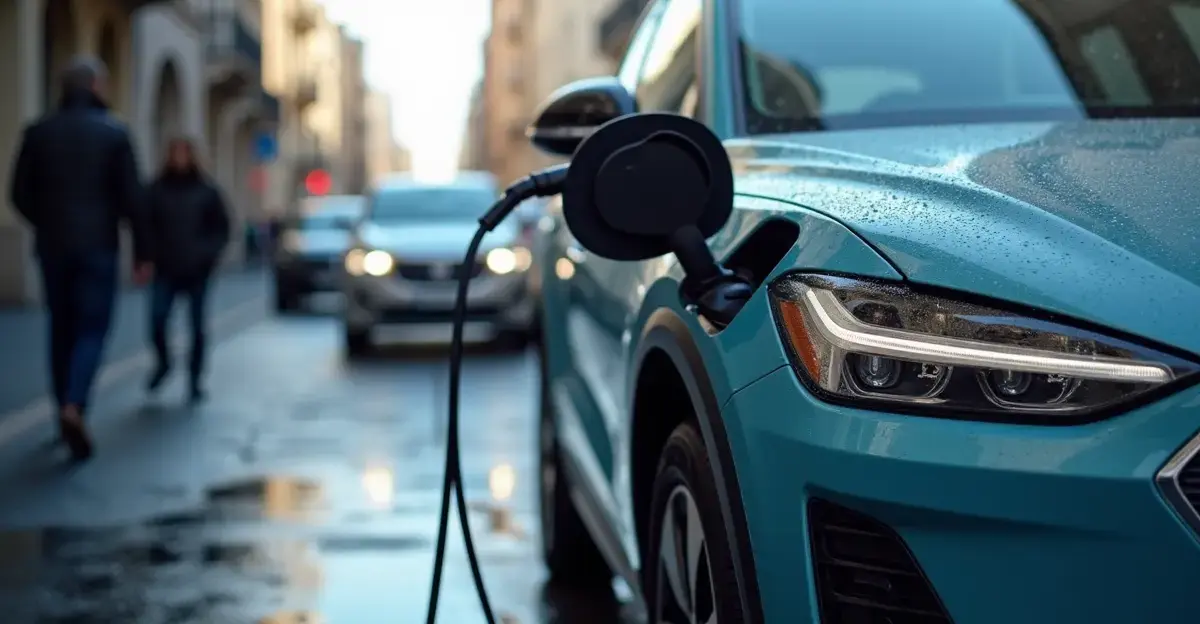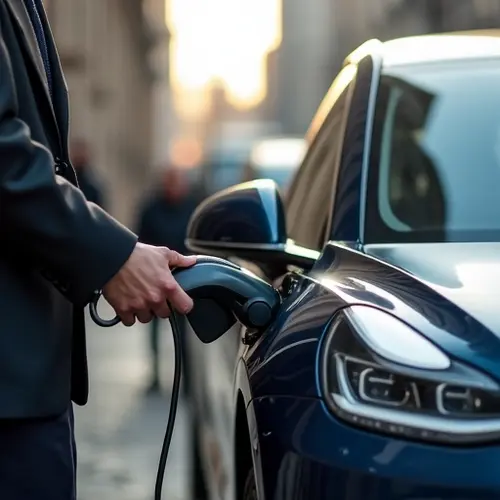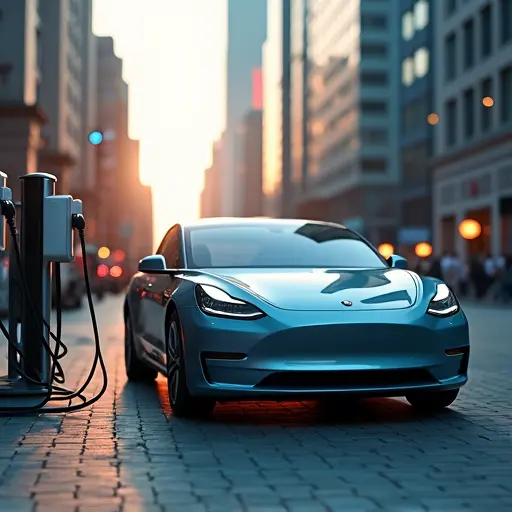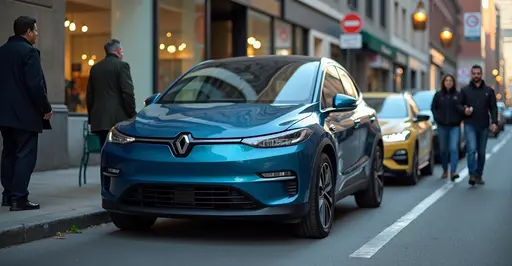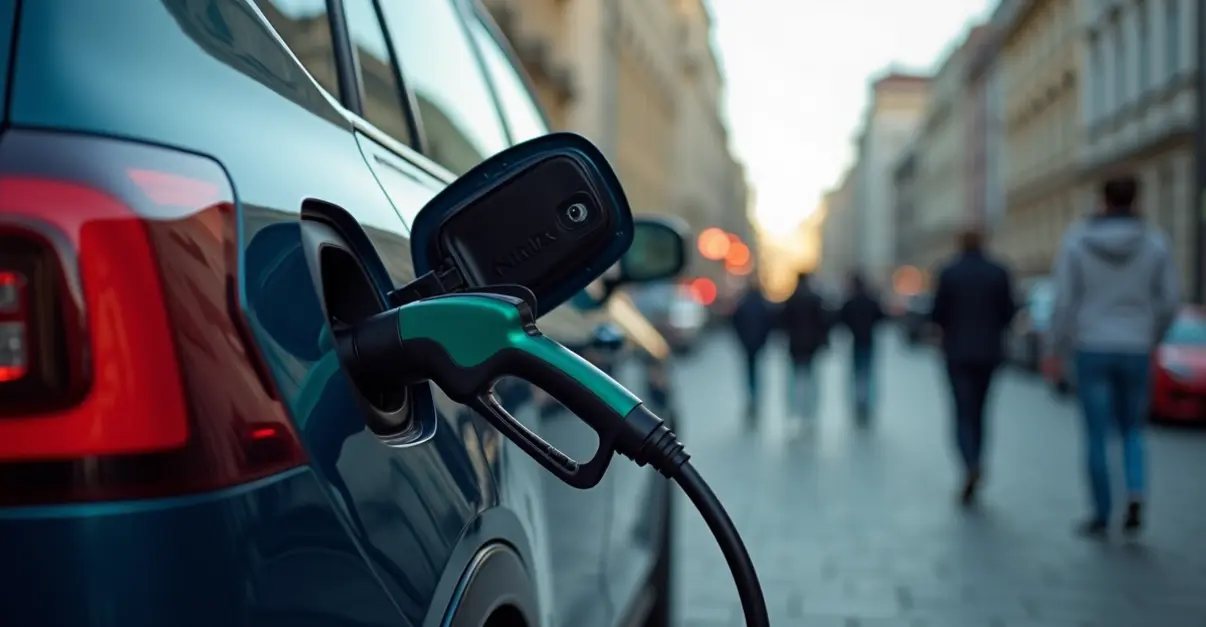Federal EV tax credits ended in 2025, prompting a sharp sales dip. Only 14 states keep rebates, ranging $1,500–$9,000. Infrastructure grants persist, but buyers must act fast to secure state incentives and verify eligibility.

Federal Landscape
In October 2025 the United States saw the final expiration of the $7,500 federal electric‑vehicle (EV) tax credit that had been a cornerstone of the 2022 Inflation Reduction Act. The credit, which required domestic battery production and buyer income limits, had driven a surge in EV sales across the country. With the credit gone, the federal government now offers only a handful of incentives, such as limited rebates for used EVs and grants for charging infrastructure, but no direct purchase discount.
Impact on the Market
Industry analysts warn that the loss of the federal credit could trigger a sharp decline in EV sales, mirroring the German experience when its subsidy program ended. "The drop in subsidies is likely to reduce EV sales by 40% by 2030," says Dr. Elena Morales, a transportation economist at Princeton University’s Zero Lab. The reduction would set back U.S. climate goals, as road transport accounts for nearly a quarter of national greenhouse gas emissions.
State-Level Responses
Only 14 states have retained active incentive programs, offering rebates that range from $1,500 to $9,000. Colorado leads the pack with a $9,000 rebate for new EVs and $6,000 for used ones, while New York, Connecticut, and Oregon provide between $1,500 and $2,000. InsideEVs reports that many of these programs target low‑ and moderate‑income families, with eligibility tied to income, vehicle price, and battery size.
Challenges for States
Several pro‑EV states—California, Minnesota, Maryland, Washington, and Vermont—have exhausted their rebate budgets and may not resume until next year. Unlike federal programs, state incentives do not impose strict battery sourcing rules, allowing more imported EVs to qualify. "State programs are flexible but limited by funding, so consumers need to act quickly before rebates run out," notes Lisa Chen, a consumer advocate with the EV Coalition.
Infrastructure Grants and Fleet Electrification
While purchase incentives have dwindled, federal funding for charging infrastructure and fleet electrification remains robust. The Texas Electric Road Program (TERP) continues to award grants for public charging stations, and the federal government is expanding grants for electric buses and delivery vans. These initiatives aim to keep the U.S. competitive in the global EV supply chain.
What Buyers Should Do
Prospective EV owners should:
- Check state rebate eligibility and deadlines—many programs have limited funding.
- Verify that the vehicle meets any domestic battery or sourcing requirements if they still apply.
- Keep documentation of purchase and rebate claims for potential future tax benefits.
- Consider used EVs, which may still qualify for federal or state rebates.
For more detailed guidance, consult the Electric Vehicles HQ and the MIT Technology Review articles.

 English
English
 Nederlands
Nederlands
 Deutsch
Deutsch
 Français
Français
 Español
Español
 Português
Português




